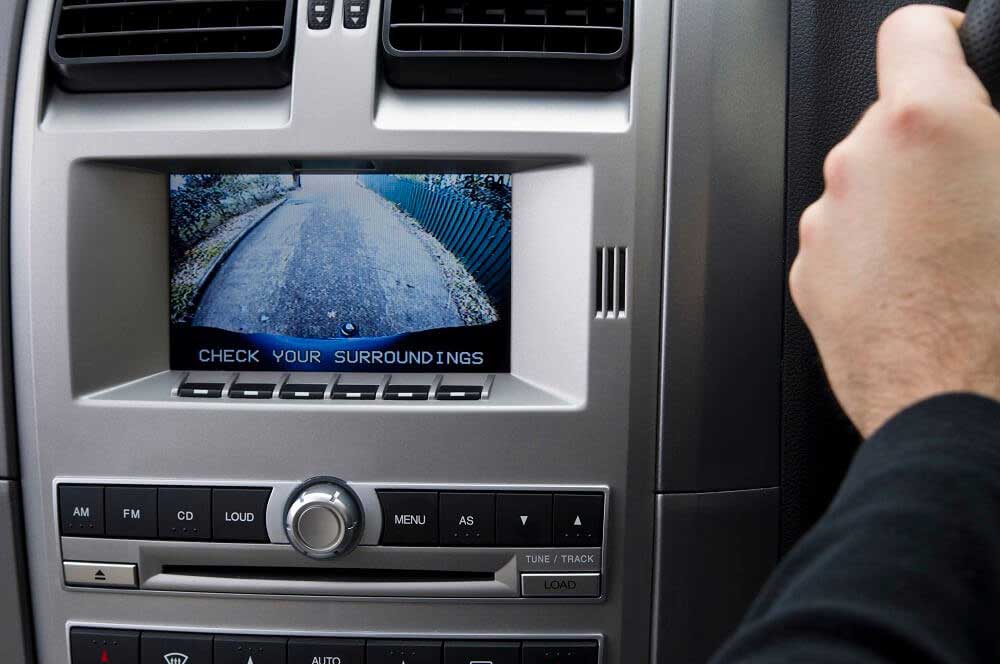A car radio with a rear camera, often referred to as an infotainment system with reverse camera input, integrates a display screen in the dashboard with a camera mounted at the rear of the vehicle. This combination significantly enhances driver awareness and safety, particularly during reversing and parking maneuvers.
Key Features and Considerations
When selecting a car radio with a rear camera system, consider the following aspects:
- Screen: Size, resolution (e.g., 720p, 1080p), and touch responsiveness are crucial for clear visibility and ease of use. Capacitive touchscreens are generally preferred over resistive ones.
- Rear Camera Quality:
- Resolution: Higher resolution (e.g., AHD 720p/1080p) provides a clearer image.
- Viewing Angle: A wider angle (e.g., 140-170 degrees) covers more area behind the vehicle.
- Night Vision: Essential for low-light conditions, often achieved through IR LEDs or superior sensor sensitivity.
- Waterproof Rating: Look for IP ratings like IP67, IP68, or IP69K to ensure durability against weather elements.
- Parking Guidelines: Adjustable or dynamic guidelines that move with the steering wheel can be very helpful.
- Head Unit Features:
- Operating System: Android-based systems offer more flexibility and app support, while proprietary systems can be more stable but less versatile.
- Connectivity: Bluetooth for hands-free calling and audio streaming, Wi-Fi for updates and app usage, USB ports, and AUX input.
- Smartphone Integration: Apple CarPlay and Android Auto provide seamless integration with your smartphone for navigation, music, and communication.
- Navigation: Built-in GPS or support for smartphone navigation apps.
- Audio Output: Pre-amp outputs, equalizer settings, and overall sound quality.
- Steering Wheel Control (SWC) Compatibility: Ensures you can use your existing steering wheel buttons.
- Camera Trigger: Most systems automatically display the rear camera view when the vehicle is put into reverse gear.
- Recording Functionality: Some units offer DVR (Digital Video Recorder) capabilities, using the rear camera (and often a front camera) for recording.
Benefits
- Enhanced Safety: Significantly reduces blind spots when reversing, helping to prevent accidents with pedestrians, cyclists, or objects.
- Improved Parking: Makes parking in tight spaces easier and more accurate.
- Vehicle Modernization: Adds modern tech features to older vehicles.
- Convenience: Centralizes entertainment, navigation, communication, and safety features in one unit.
Installation
Installation can range from straightforward to complex, depending on the vehicle and the system.

- Wiring: The camera needs to be wired to the head unit for video signal and to a power source (often the reverse light circuit for automatic activation).
- Mounting: Cameras can be mounted in various ways, such as license plate frames, trunk handles, or custom-fit locations. The head unit replaces the existing car radio.
- Professional Installation: Recommended for those unfamiliar with car electronics to ensure proper functionality and avoid damage to the vehicle.
Important Note: Ensure compatibility with your specific vehicle make, model, and year before purchasing. Some systems may require additional adapters or harnesses for full integration.












